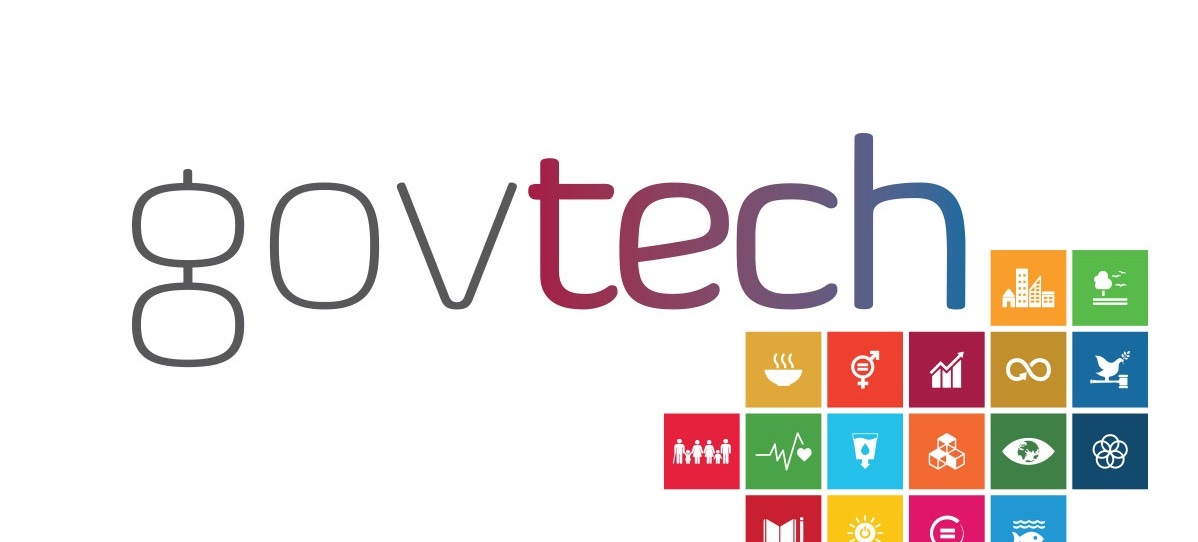Top Five GovTech Trends Reshaping Public Services
1. AI in Public Services: Driving Efficiency and Personalization
Artificial Intelligence (AI) is transforming how governments interact with citizens by enabling faster and more personalized service delivery.
Applications of AI in Public Services:
- Automated Citizen Support: AI-powered chatbots provide 24/7 assistance for queries related to taxes, benefits, and more.
- Predictive Analytics: Governments use AI to predict traffic patterns, healthcare needs, and resource allocation.
Example: Cities like Los Angeles are using AI tools to analyze public data, improving urban planning and traffic management.
2. Smart Governance Tools for Data-Driven Decisions
Smart governance involves leveraging advanced tools and data analytics to make informed policy decisions.
Benefits:
- Enhanced Transparency: Real-time dashboards display government spending and project statuses.
- Streamlined Decision-Making: Data-driven insights help allocate resources where they’re needed most.
Example: The U.S. government uses analytics platforms to monitor and respond to emergencies such as natural disasters.
3. Blockchain for Secure and Transparent Transactions
Blockchain technology is being adopted for its unmatched security and transparency in managing sensitive data.
Use Cases:
- Voting Systems: Secure, tamper-proof digital voting platforms.
- Land Registries: Immutable records for property ownership, reducing fraud.
Blockchain ensures trust and accountability in public sector transactions, a cornerstone of Public Sector Innovation.
4. Cloud-Based Solutions for Seamless Collaboration
Cloud Migration Benefits extend to public services, enabling governments to store, process, and share data efficiently.
Advantages:
- Scalability: Resources can be scaled up or down based on demand.
- Cost Savings: Reduced expenses for physical infrastructure.
- Inter-Agency Collaboration: Seamless sharing of data among various departments.
Example: State governments in the USA are adopting cloud solutions for integrated healthcare and education services.
5. Internet of Things (IoT) for Smart Cities
IoT devices are enhancing urban living by enabling real-time monitoring and control of city infrastructure.
IoT Applications in Smart Governance:
- Smart Traffic Lights: Adaptive systems that reduce congestion and pollution.
- Waste Management: Sensors in bins optimize waste collection schedules.
- Public Safety: IoT-enabled surveillance systems for proactive crime prevention.
Example: Chicago’s "Array of Things" initiative uses IoT sensors to collect environmental data for smarter city management.
The Impact of GovTech on Public Services
GovTech innovations like AI in Public Services, Smart Governance Tools, and blockchain are transforming the relationship between governments and citizens. These advancements:
- Improve service accessibility and speed.
- Enhance transparency and trust.
- Enable cost-effective and scalable solutions.
Why Embrace GovTech Now?
The USA is leading the charge in adopting Government Technology Solutions, but the global landscape is rapidly evolving. By embracing GovTech Trends, public sector organizations can ensure they stay ahead in delivering citizen-centric services.
Businesses specializing in Public Sector Innovation have a unique opportunity to support governments in this digital transformation journey.
